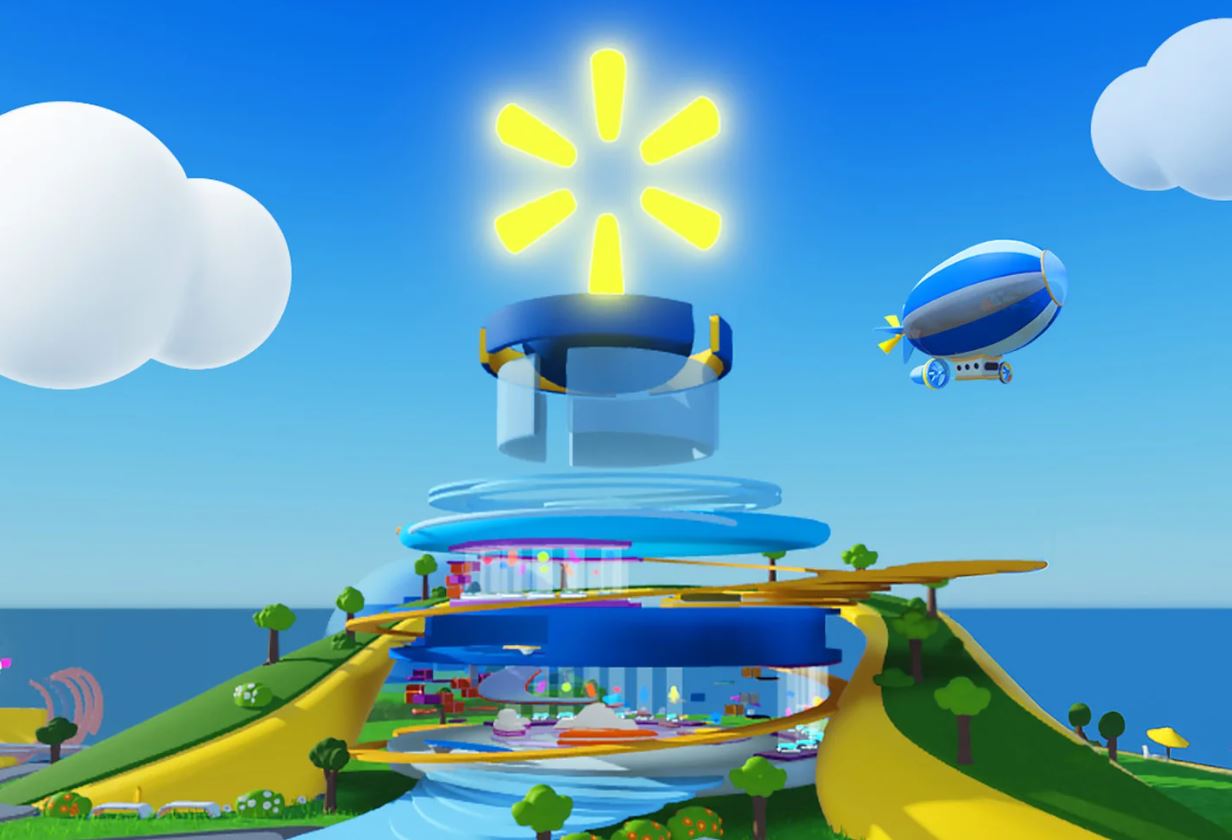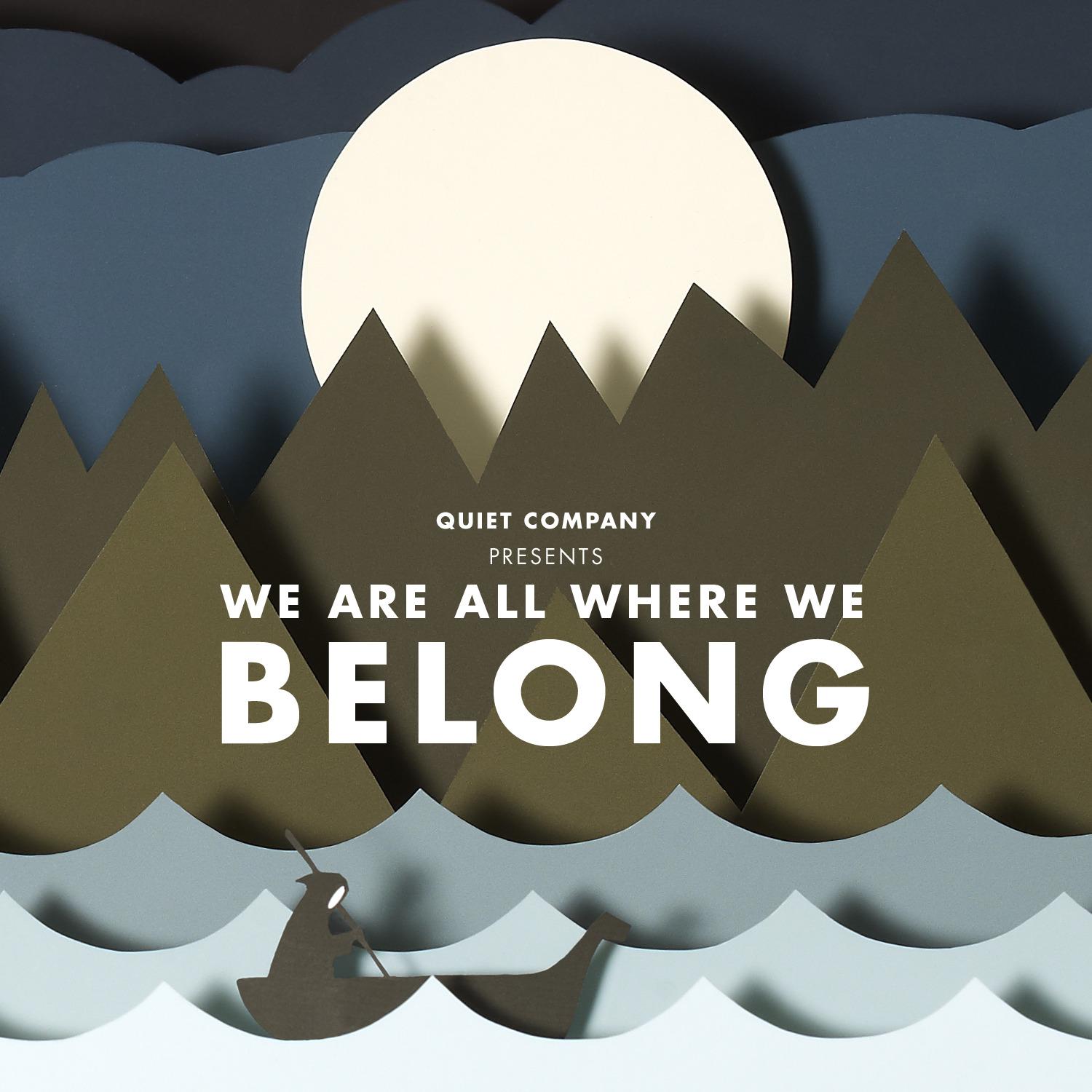

- #The melancholy of all things done fallacy how to#
- #The melancholy of all things done fallacy code#
- #The melancholy of all things done fallacy professional#
How to Be Sad is a memoir about living with sadness, as well as an upbeat manifesto for change that encourages us to accept and express our emotions, both good and bad. But the key to happiness is unhappiness-by allowing ourselves to experience pain, we learn to truly appreciate and embrace joy. While devoting a career to writing books on happiness, Helen discovered just how many people are terrified of sadness. Even the things that brought her the greatest joy-like eventually becoming a parent-are fraught with challenges.
#The melancholy of all things done fallacy professional#
Coping with her own emotional turmoil-including struggles with body image and infertility-she’s endured professional and personal setbacks as well as relationships that have imploded in truly spectacular ways. Her parents divorced soon after, and her mother didn’t receive the help she needed to grieve. Her earliest memory is of the day her sister died. Helen Russell has researched sadness from the inside out for her entire life. Learning how to be sad is a natural first step in how to be happier."-Meik Wiking, CEO of the Happiness Research InstituteĪn expert on the pursuit of happiness combines her powerful personal story with surprising research and expert advice to reveal the secret of finding joy: allowing sadness to enrich your life and relationships. A good product owner knows when it’s good enough to ship.Ī smart one will ship many times to get feedback and learn, understanding the product is never “done”."In any human life there are going to be periods of unhappiness. We don’t need all the stories or features in there to ship. Because regardless of level, from story to portfolio, getting to 100% done-ness is waste. So even a “done” story may not be really done, but still be good enough to ship.
#The melancholy of all things done fallacy code#
Someone, usually a PO or equivalent has to say – ok, this is good enough, ship it.Įven at the story level, we won’t always have time to code and test every path. If the feature, product or portfolio are ready for release. We can only decide if we’re ready to ship. And that applies at the feature, product and portfolio level. In an exact point in time, we don’t really know how much done we are. Things may change over the next couple of sprints – we may learn things that will drive us to drop or add stories, and maybe replace them with others. If the team is currently working on story number 25 out of the original 50 we came up with originally for the release, are we really half-way?

If that’s true, then we can never really know how much on track we are. It applies to requirements, design, architecture and plans. The bigger they are, more changes will be introduced. We don’t like big preparation upfront in agile, because things will change.


It’s never done until it’s good enough to ship If the team has all these in place, it seems that if we define all the stories up front, we’d actually know how much “done” we are in the feature, release or product level. Mature teams put enough effort in the story to make sure it works – automated tests, code review, deployment automation – whatever is close to the team’s definition of “working software”. In agile teams, a “done” story is usually defined as a working work flow in the software.


 0 kommentar(er)
0 kommentar(er)
